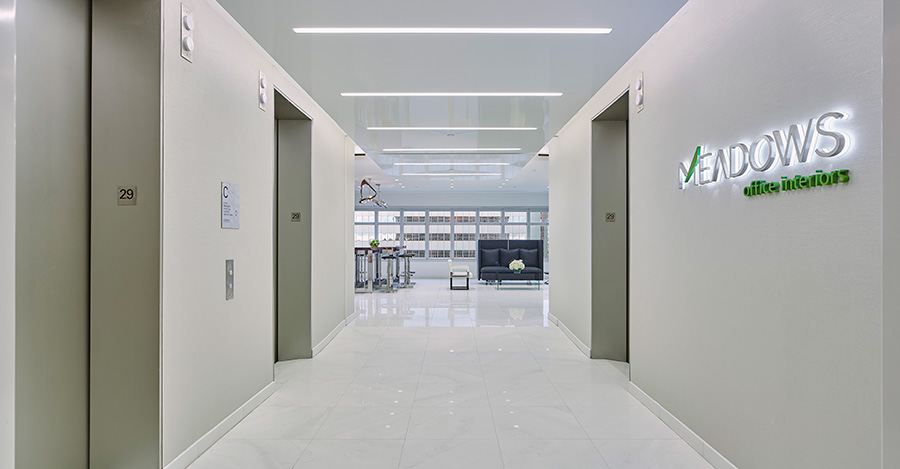Once outsiders, companies like Google and Facebook, now global giants, seem to have set the standard for what the modern office should look like. Today many companies have followed suit and made open workspaces, casual environments and suites of amenities commonplace. These features are all tactics that tech firms are using to lure talent in a hyper competitive market from a small and highly skilled talent pool.
Many of the design practices have trickled down to more traditional organizations like banks and even law firms trying to attract the best talent and innovate internally.
A Different Company Culture

Google’s Tel Aviv Office (Image: Dezeen)
To understand why their workplaces stand out, we have to first understand the culture and history of these types of organizations. Facebook and Google grew from casual and collaborative startup cultures. What these organizations were trying to do was different from traditional business and they operated in a highly collaborative and non-hierarchical manner to achieve their goals. They were a counter-culture to traditional business and their laid back offices evolved to matched their culture.
Their workplaces are now a source of workplace envy for many of us, and plenty would love to work in those environments.
Should You Follow Suit?
Blindly following trends is dangerous and could be a recipe for failure. The reason why these workplace environments worked for Google and Facebook, and other technology companies is because these environments help to reinforce and grow an established culture. Open environments are required for better communication, internal collaboration and innovation for these organizations.
Top designers and workplace strategists warn against using such a sweeping approach – your organization may require something different. You will need to closely evaluate your workplace culture and ensure that your work environment supports rather than challenges the culture.
Design For Unique Needs

Spotify’s New York Office (Photographer: Limor Garfinkle, Image via Contract Magazine)
Top Designers and Facility Managers are borrowing certain aspects from startups but using behavior science and company culture (or desired company culture) as a guide for workplace design.
Some startups too are bucking the trend of what a traditional tech company workplace should look like. Spotify made the departure and rather than sweeping open designs, went for highly customized and tailored approach to give their New York space a unique character. This included a collection of art that was curated by Spotify and TPG Architecture. Another example is the funky 70s style spaces in the office that include vinyl albums stacked on shelves, a feature with meaning for the music streaming company.
If you want to truly follow the innovative ways of the Google’s of the world, look at what makes sense for your organization. For example, is the collaboration you require internally for teams, or externally with clients?
Just as tech companies departed from the way workspaces at the time looked, top businesses today must lead in workplace design, not follow. Creating a workplace that meets your unique needs will pay off in the long run.



